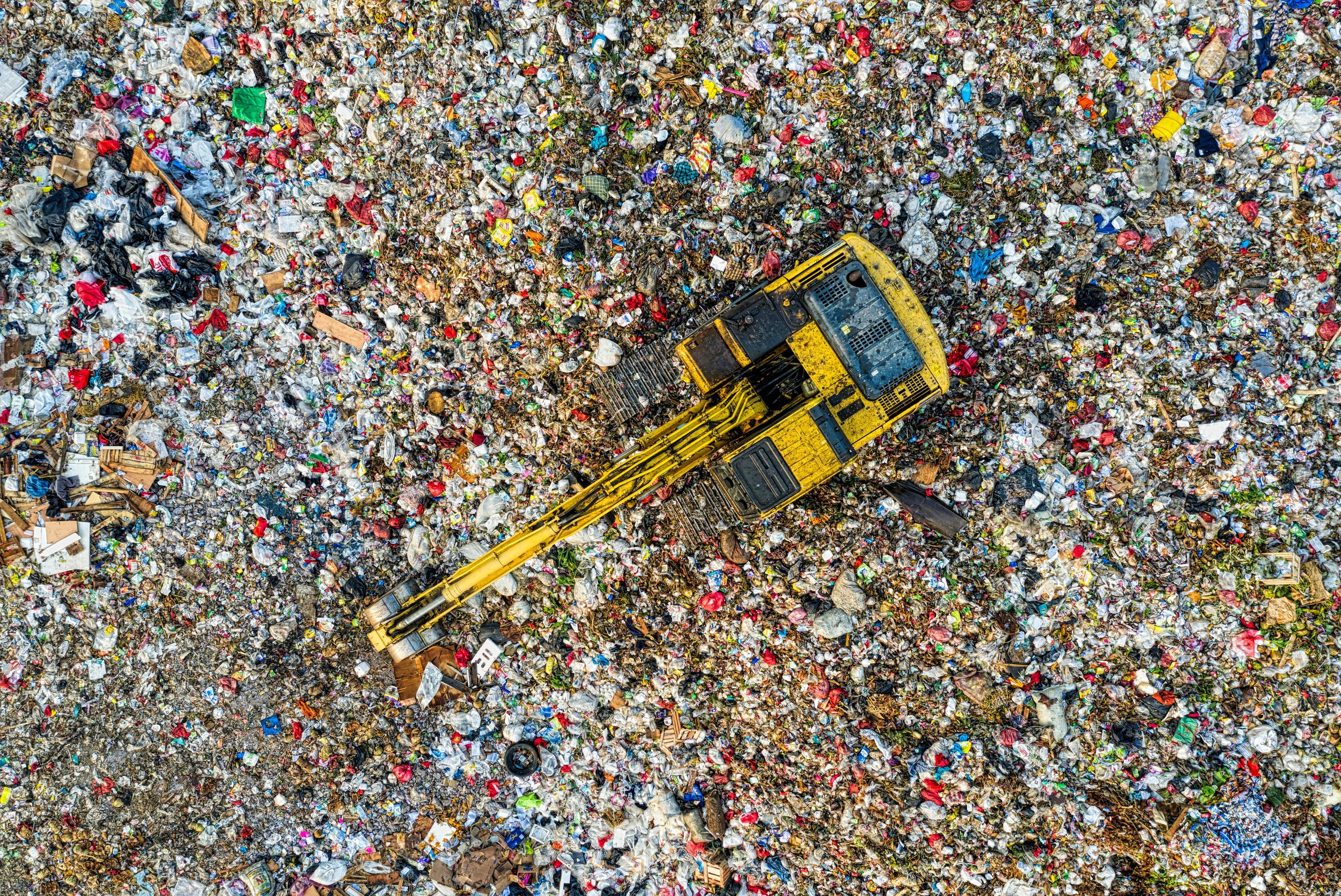We’re celebrating major victories—while continuing to fight to address unfinished business
This past weekend, the New York State legislature finished up the 2024 legislative session, which began back in January. Thanks to your support, we led successful efforts to protect clean water, safeguard the public from toxic chemicals, save vulnerable species, fight climate change, save taxpayers money, and more.
The Suffolk County Water Quality Restoration Act, which will allow a Suffolk County ballot referendum to allow the creation of a fund to upgrade sewers and septic systems in order to protect clean water, is a priority bill that passed and was signed into law by the Governor.
While the following bills still need to be signed by the Governor to become law, passing these important bills in NYS Senate and Assembly is a major accomplishment:
✔ Horseshoe Crab Protection Act: While horseshoe crabs have been around for over 350 million years, having survived the extinction of the dinosaurs, their numbers are now dwindling due to overharvesting. Not only is this a problem for this keystone species, but also the threatened and endangered bird species that depend upon horseshoe crab eggs for survival, such as the Red Knot. We led efforts to get legislation passed that will ban harvesting of these crabs for commercial and biomedical purposes.
✔ Climate Superfund Act: We know that the burning of fossil fuels is causing the climate crisis, yet fossil fuel companies have not taken responsibility for the damage this is causing, until now. Rather than forcing taxpayers to pay for damage, this legislation will hold these corporations accountable—fossil fuel companies will pay into a fund that will help New York adapt to climate change. It would generate about $3 billion annually to fund projects to keep communities safe from flooding, protect vulnerable infrastructure, pay for damage from extreme weather, and much more.
✔ Ban on Fracking with CO2: While we fought to ban dangerous fracking that uses water to extract gas (hydraulic fracking) years ago, there was interest in circumventing the ban by extracting gas using carbon dioxide instead. Since this would be just as dirty and dangerous as hydraulic fracking, we supported legislation to ban CO2 fracking.
Unfinished Business
While we successfully advocated to pass some critical bills, other priority bills didn’t make it past the finish line. After major campaigns by CCE and our coalition partners, the following bills passed overwhelmingly in the NYS Senate. While we secured more than enough votes to pass the bills in the Assembly, Assembly leadership failed to allow the bills to come up for a vote. We’ll work to get these bills passed as soon as possible, which may be a special session later this year or next legislative session:
Packaging Reduction and Recycling Infrastructure Act: This groundbreaking legislation would reduce wasteful plastic packaging by 30%, while also increasing recycling, banning toxic chemicals in packaging, and saving local taxpayers hundreds of millions of dollars annually. This is the most important thing we can do to help solve our solid waste crisis in NYS, and we won’t stop until we get this bill passed into law!
Ban on PFAS in Household Products: This legislation would ban the use of harmful PFAS “forever chemicals” in products that New Yorkers use every day, including children’s products, cleaning products, rugs, ski wax, and more. Not only would this reduce our daily exposure to these dangerous chemicals, but it would also reduce the amount of PFAS chemicals that are polluting our environment and our water supplies throughout the state.
Let’s Not Forget Our Success in the State Budget!
While it was passed a couple months back, we can’t forget what we accomplished in this year’s state budget. After a proposal to cut clean water funding by 50%, we successfully led efforts to have full funding restored in the final budget at $500 million. This will ensure that we continue progress to stop sewage overflows into our waterways, remove toxic contaminants from drinking water, replace dangerous lead drinking water pipes, and more!
The NYS Environmental Protection Fund (EPF) was also at risk of being cut, and we worked with our partners to ensure program funding was fully restored to $400 million. We worked to ensure that priority programs within the EPF, including those that help to protect and restore our Great Lakes, ocean, and South Shore Estuary Reserve, were fully funded and not cut.
These bills and budget priorities represent just some of what CCE worked on throughout the legislative session. Visit our website for more information on our 2024 NYS legislative agenda.
Thank you for your support!
Sincerely,
All of us at CCE













